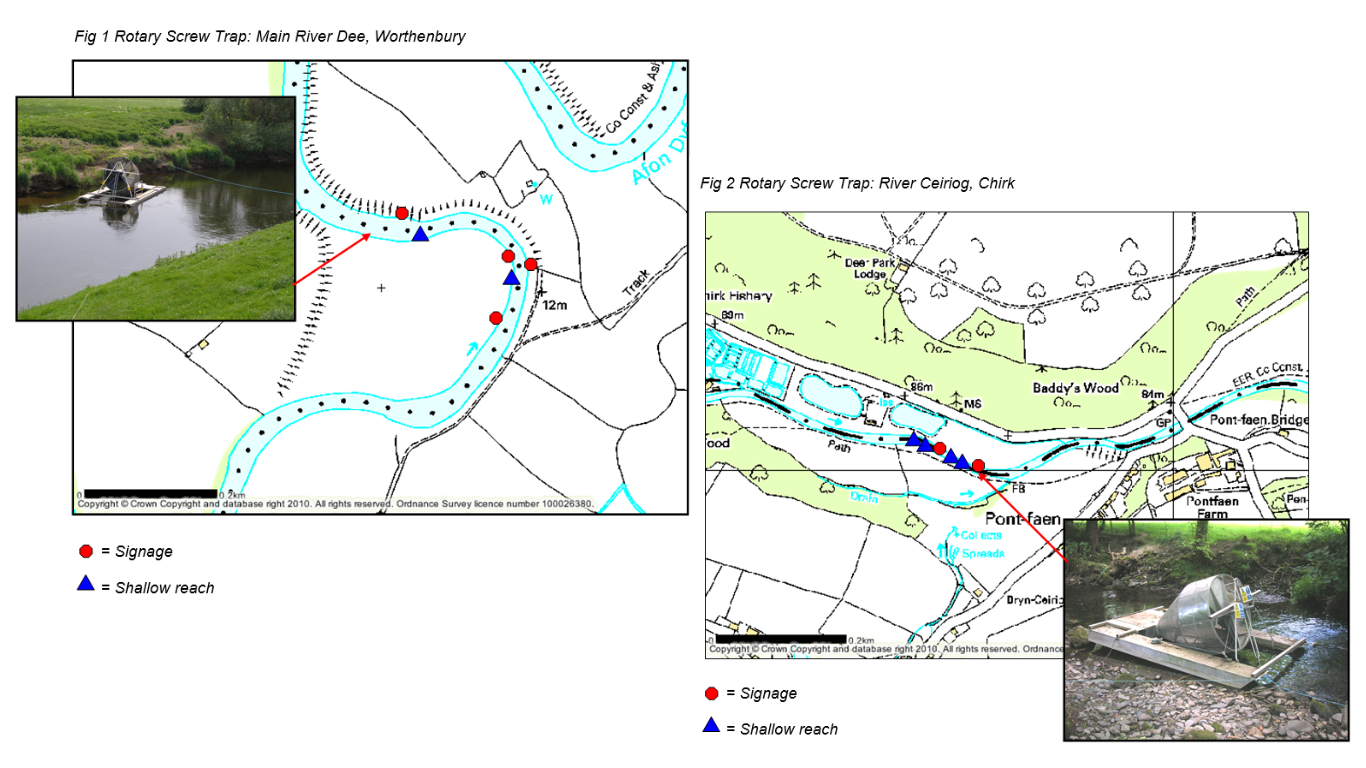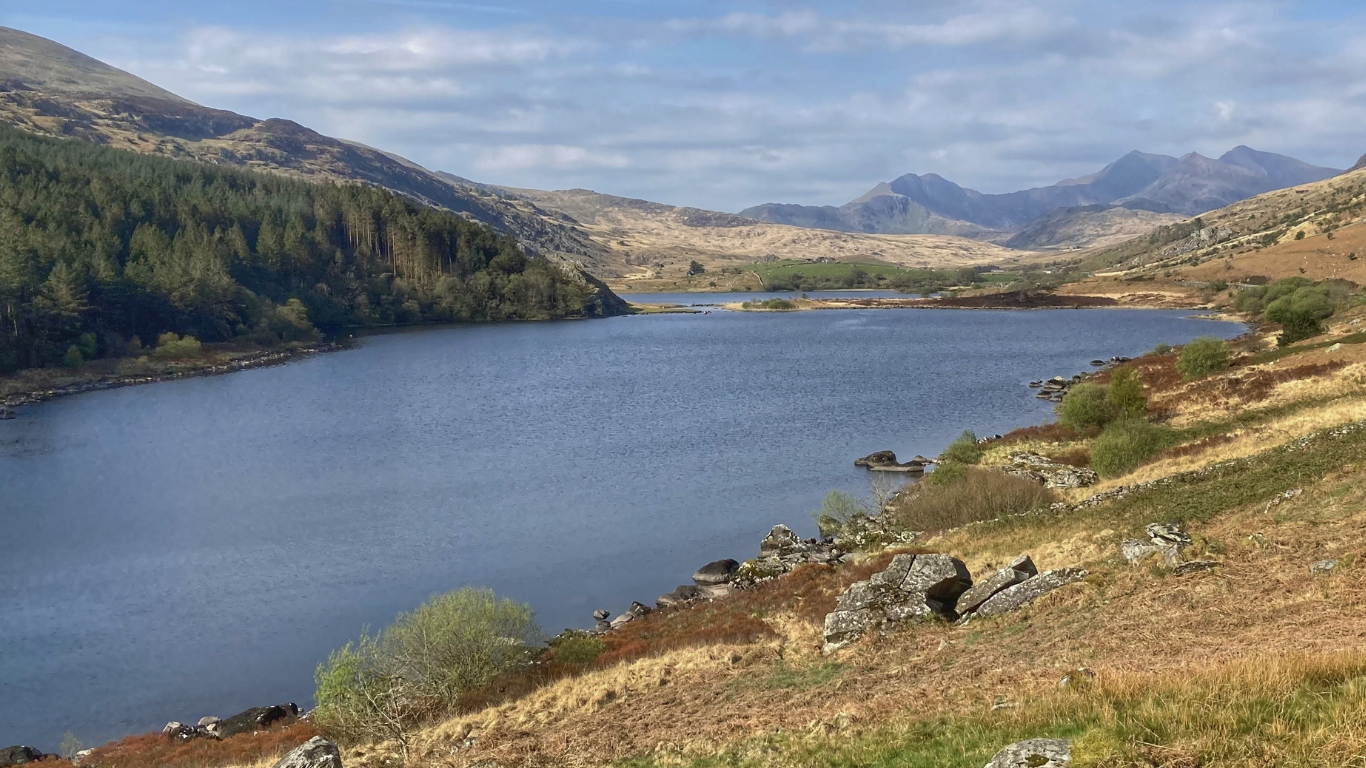How low is low?
The lack of rain places a great strain on the environment and our sport. The dry spell is already impacting our waterways, where we are seeing low river levels that could affect fish and wildlife. Therefore, it is important to follow guidelines when you are either considering paddling or when you are on the water.
Checking Water Levels
There are several websites and apps that can help you decide if there is enough water to paddle. Examples include:
If you find yourself dragging your boat through the water or gouging the river or lakebed with your paddles, then it’s too low.
Advice to Paddlers
We recommend that you consider the following actions to minimise the risk to both yourself and the natural environment:
- Avoid Shallow Waterways: Do not paddle on waterways that are too shallow, where you may come into contact with the river or lakebed. This could disturb wildlife and their habitats or attract allegations of disturbance.
- Seek Deeper Channels: If you encounter shallower areas, read the water and seek out a deeper channel where possible.
- Limit Lock Usage on Canals: When paddling on a canal, limit the number of times a lock has to open. Share the lock with other craft or portage around the lock.
- Monitor Water Quality: Low flows mean the water quality may be compromised, as there is less water to dilute effluent and runoff from surrounding land and sewage treatment works. Be aware of toxic blue-green algae, which may be more common on our waterways during times of low water flow.
Health and Safety Tips
- Never drink the water you are paddling in - the risk of Leptospirosis/Weils is higher during low flows.
- Take a good bath or shower as soon as you can after being on the water.
- Cover any cuts properly before paddling to prevent river or canal water from getting into them.
- Wash your hands properly or use antibacterial spray before eating anything.
Biosecurity Measures
- Use water sparingly when washing down your equipment, following the Stop The Spread/Check, Clean and Dry (biosecurity) guidance. If a hosepipe ban is introduced, it is permissible to use a hosepipe for biosecurity and health & safety measures.
Reporting incidents
When paddling in Wales, report incidents, pollution, and damage to the environment, such as fish deaths, to the relevant authorities:
- Paddle UK for access and safety related incidents
- Natural Resources Wales for pollution and fish deaths: 0300 065 3000
- The Canal and River Trust/Glandwr Cymru out of hours: 0303 040 4040
- RSPCA for wildlife and animals in distress: 0990 55 59 99
For further advice in Wales, please contact phil.stone@canoewales.com.
CONTACT THE MEDIA TEAM
If you have a story that would be of interest to the Paddle Cymru team please get in touch using the online contact form linked below or get in contact using one of our social feeds.
SIGN UP TO CEUFAD MAGAZINE
Ceufad is our quarterly magazine, covering everything that's important in Welsh paddlesport.
News Item Enquiry
We will get back to you as soon as possible.
Please try again later.









